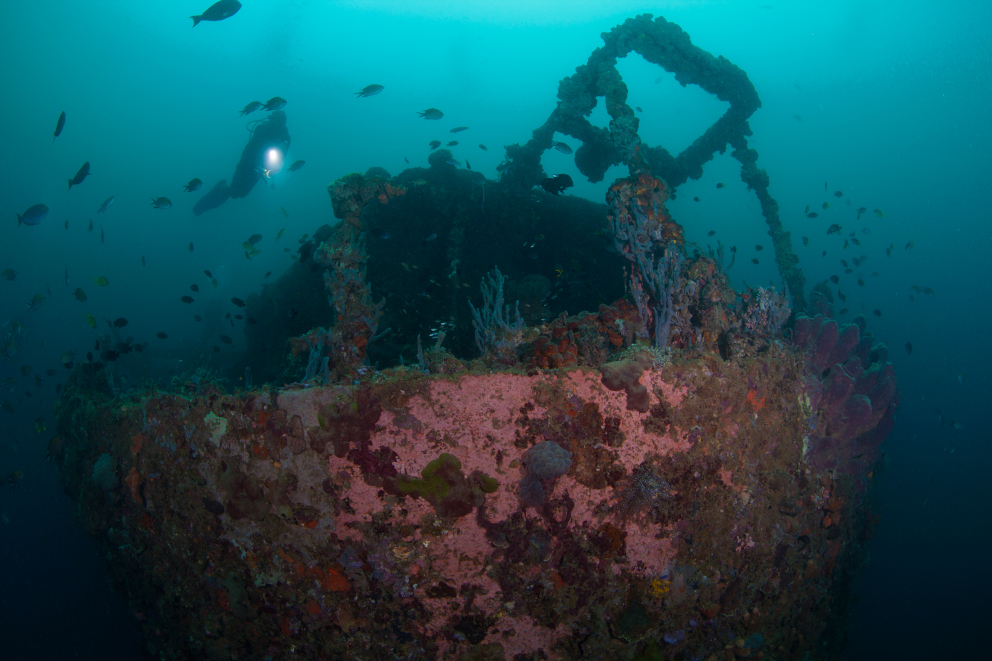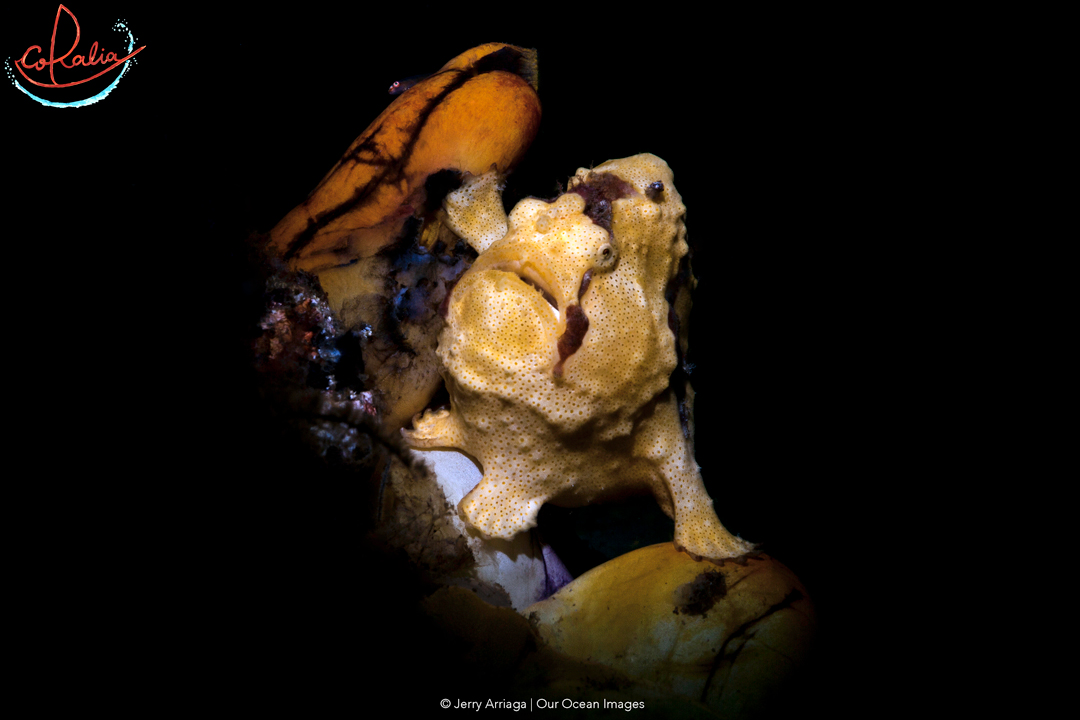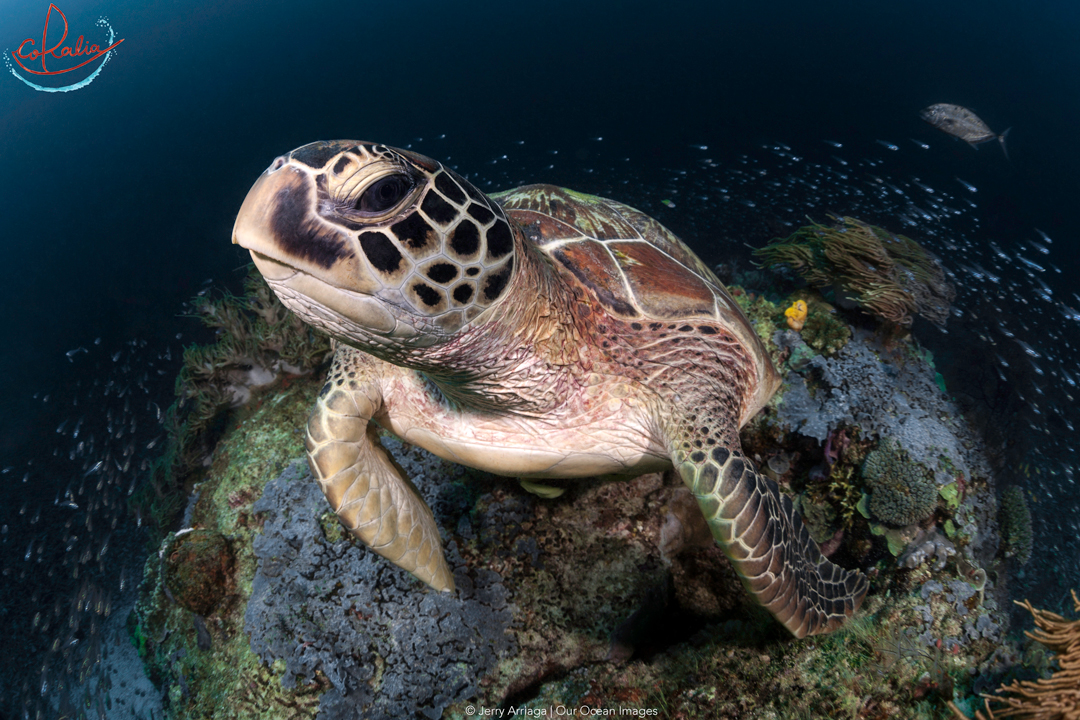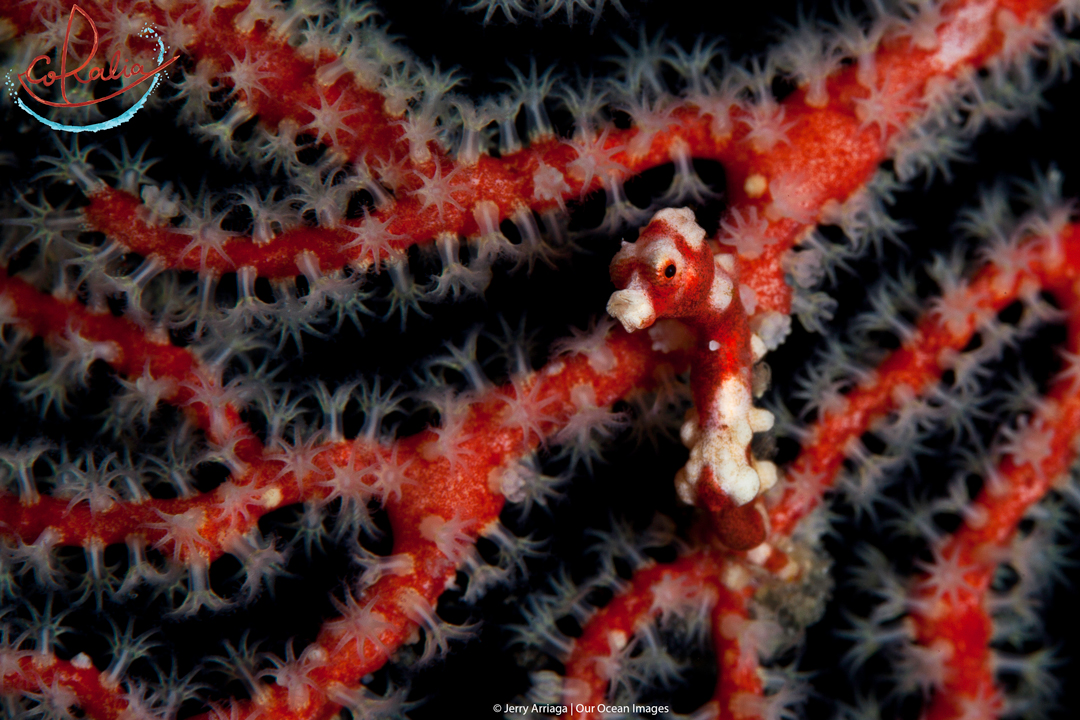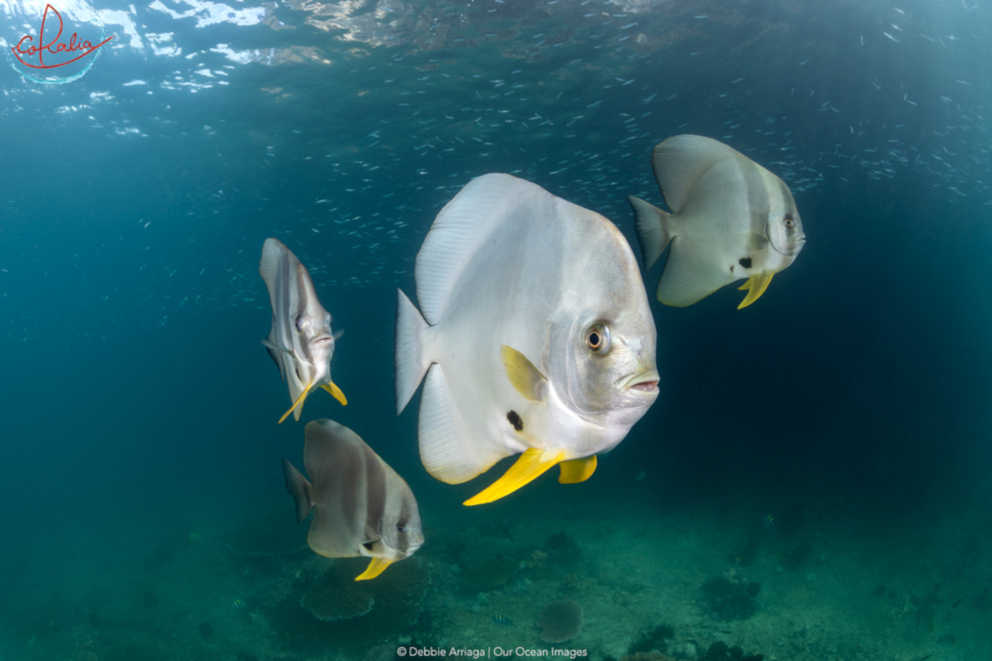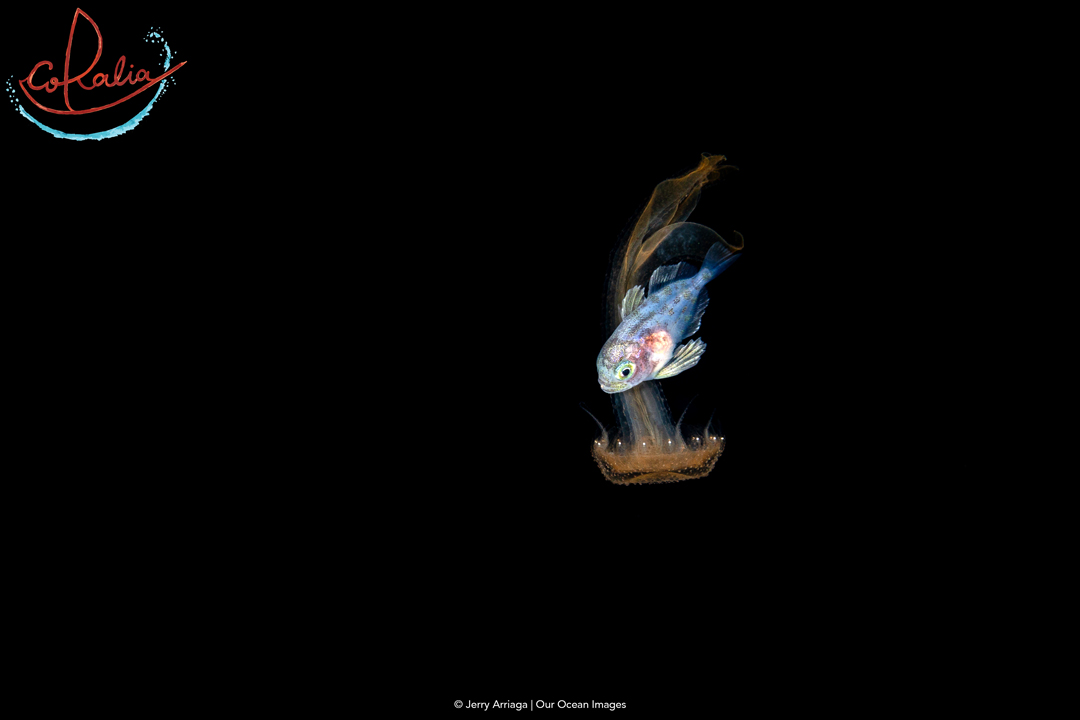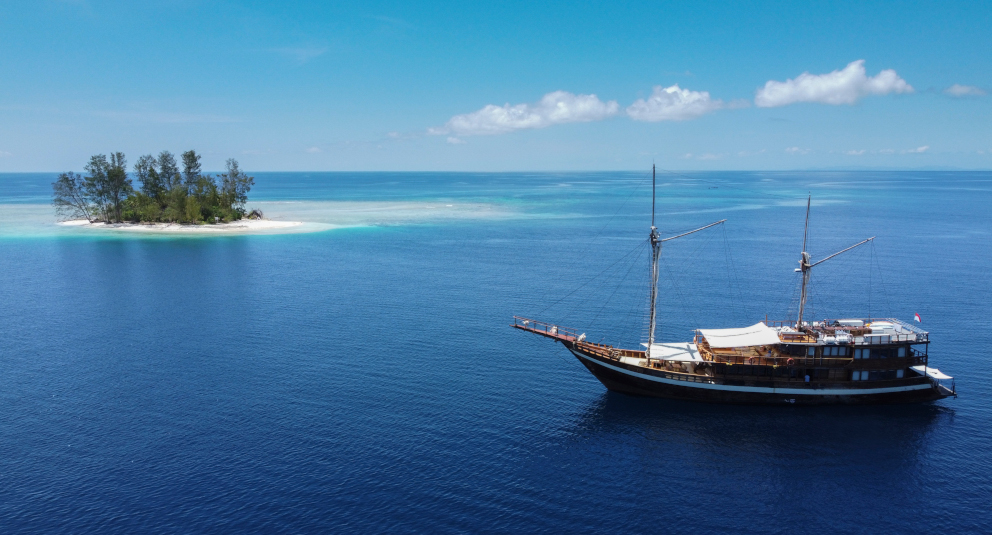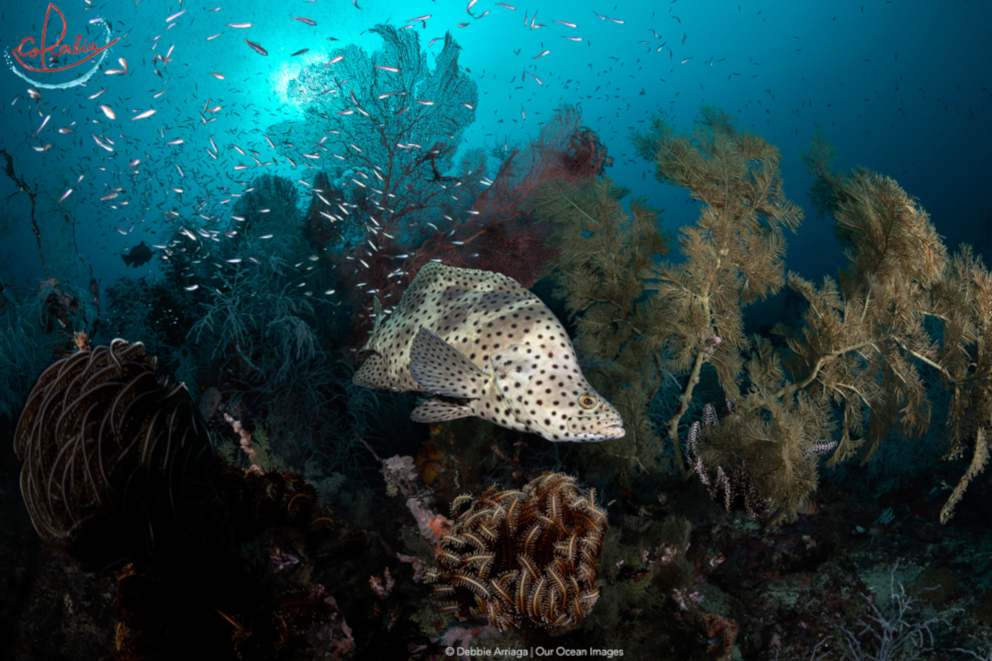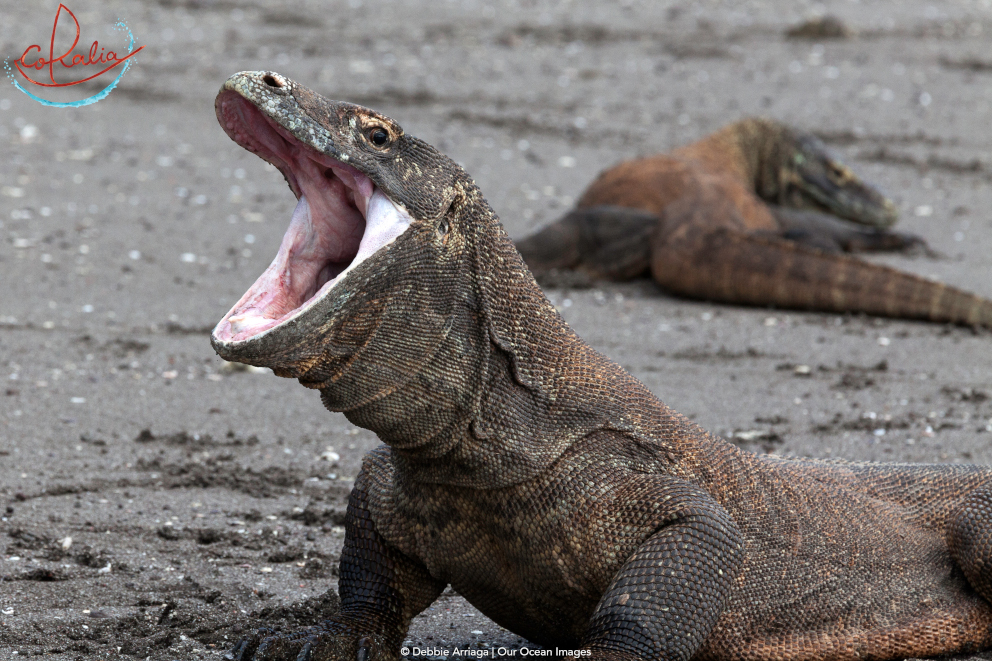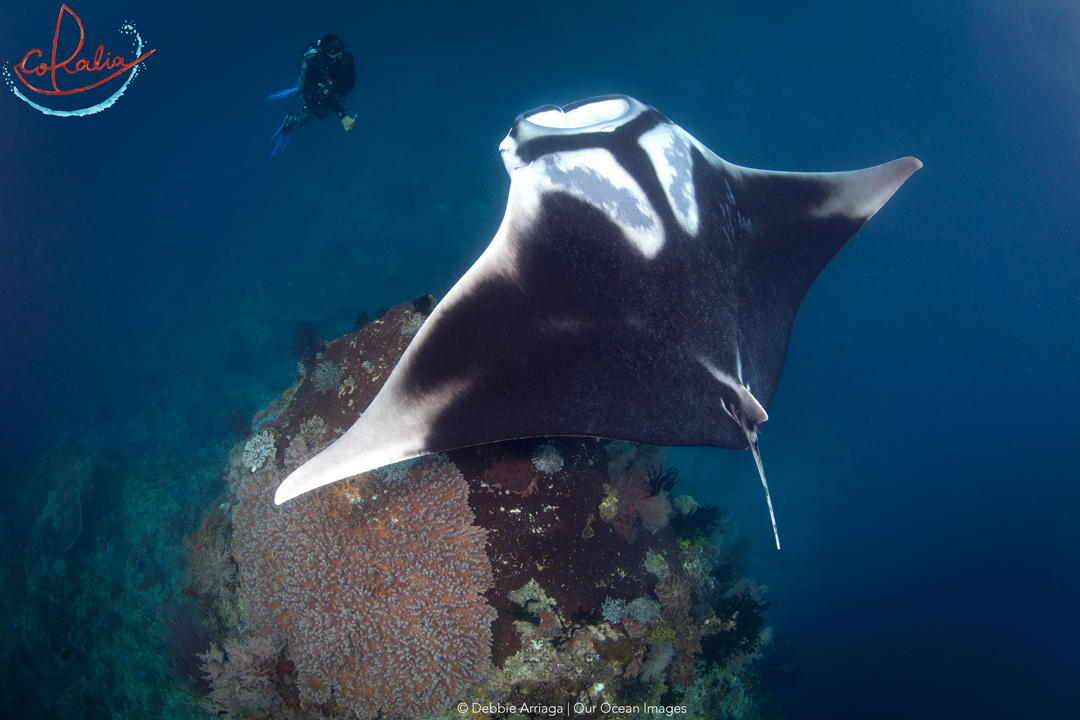SS Duke of Sparta Wreck in Ambon
In Ambon Bay there is a little-dived shipwreck and there’s an interesting story behind it. The wreck lies with her stern at around 15 metres and her bow down at 35 metres. It is a huge ship, and the wreck is over 100 metres long. Due to the wreck being close to the busy port of Ambon, the visibility is rarely great! But the shipwreck is intact and covered in amazing coral growth. Sponges, hard coral, and soft corals, along with the wreck itself have created amazing spaces for a wide variety of marine life. The mast and the upper parts of the wreck are covered in colourful soft corals. It’s in these areas where the light will be best […]

